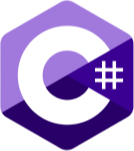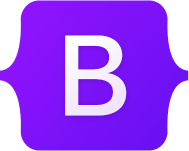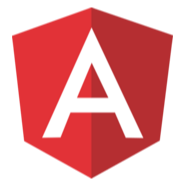
Challenges
-
Manual Effort and Errors:
Manual processing of employee data increases the likelihood of errors during data entry or account provisioning.
Employees spend excessive time on repetitive administrative tasks. -
Inefficient Data Routing:
Routing scanned documents and digital inputs to the correct corporate systems is tedious and time-intensive.
-
Delayed Account Provisioning:
Manual creation of accounts in multiple systems (e.g., Active Directory, email, CRM) leads to delays in onboarding.
-
Integration with Legacy Systems:
Many organizations rely on legacy systems that lack APIs, making integration with modern systems difficult.















